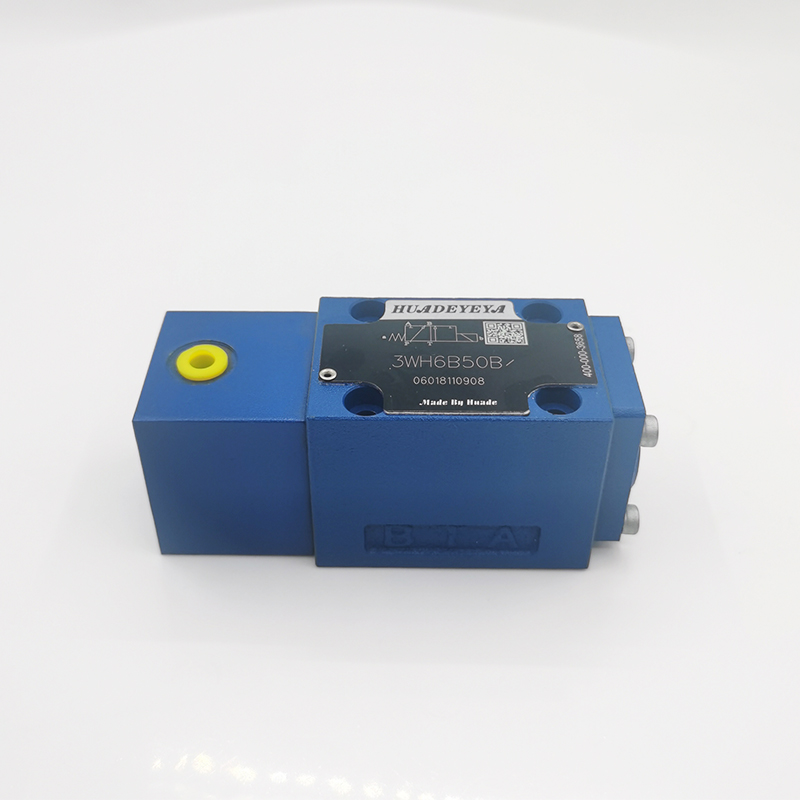What are the main three functions of a directional control valve in a hydraulic circuit?
A directional control valve in a hydraulic circuit serves as a critical component responsible for controlling the direction of fluid flow within the system. Its main functions can be summarized as follows:
Directional Control:
The primary function of a directional control valve is to direct the flow of hydraulic fluid to various actuators or hydraulic components in the desired direction. This control is essential for maneuvering hydraulic machinery, such as cylinders and motors.
By actuating the valve (often through a lever, solenoid, or other means), the operator can determine whether the fluid should flow to extend or retract a hydraulic cylinder, rotate a hydraulic motor in one direction or the other, or perform other specific tasks.
Directional control valves typically have multiple ports and positions, allowing for various flow paths and directions of operation.

Fluid Flow Regulation:
Directional control valves also play a role in regulating the rate of fluid flow through the hydraulic system. This function helps control the speed and force of hydraulic actuators.
Valves may have features like adjustable flow control or throttling options to precisely regulate the speed of hydraulic cylinders or motors.
By adjusting these settings, operators can achieve the desired speed and control for specific tasks, enhancing the overall efficiency and safety of the hydraulic machinery.
Pressure Relief and Safety:
Many directional control valves incorporate pressure relief functions to protect the hydraulic system from overpressure conditions.
In the event of excessive pressure, these valves can divert excess fluid to a low-pressure reservoir or another part of the system, preventing damage to components and ensuring safety.
Pressure relief valves within directional control valves help maintain system pressure within safe limits, particularly during sudden load changes or malfunctions.
In summary, the main three functions of a directional control valve in a hydraulic circuit are to control the direction of fluid flow, regulate fluid flow rate and speed, and provide pressure relief and safety measures. These functions are crucial for the precise operation, safety, and efficiency of hydraulic systems in various industrial applications.
211
0
0


Comments
All Comments (0)